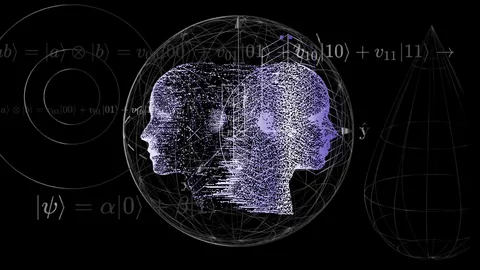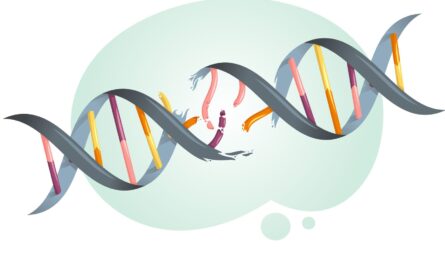Over the past decade, significant strides have been made in understanding aphantasia – the inability to visualize images in one’s mind. This condition has been found to be linked to difficulties in recalling personal memories and recognizing faces, according to a comprehensive review spanning nearly 10 years of research.
His recent study, titled “Aphantasia and hyperphantasia—exploring imagery vividness extremes,” sheds light on the diverse experiences of individuals who lack visual imagery capabilities.
Contrary to the belief that aphantasia is a uniform condition, research indicates that there are distinct subtypes within this population. While some individuals with aphantasia struggle with autobiographical memory and facial recognition, others demonstrate a unique link to autism. Intriguingly, individuals with aphantasia often report having visually vivid dreams, despite their inability to conjure up mental images while awake.
The review also delves into the physiological and neural differences observed between individuals with aphantasia and those with hyperphantasia, the latter being characterized by exceptionally vivid imaginations. Variations in brain connectivity and behavioral responses are noted, with differences in physiological reactions to stimuli such as scary stories further highlighting the contrasting experiences between the two groups.
Estimates suggest that approximately 1% of the population experiences aphantasia, with an additional 3% classified as hyperphantasic. However, when considering broader criteria, these figures may increase to 5% and 10% respectively. Familial patterns in aphantasia and hyperphantasia hint at a possible genetic influence on these traits.
Professor Zeman’s work underscores the nuanced nature of aphantasia and hyperphantasia, emphasizing that these variations in cognitive experiences do not equate to a disorder. While aphantasia may present challenges in certain aspects of daily life, it does not hinder imaginative abilities. Researchers maintain that both conditions offer unique advantages and disadvantages, contributing to the rich tapestry of human diversity.
As the field of aphantasia research continues to evolve, further exploration is aimed at uncovering the intricate implications of these cognitive phenomena. The journey of discovery into the world of non-visualizers promises to illuminate the complexities of human cognition and the diverse ways in which individuals experience and navigate the realm of imagination.
Note:
1. Source: Coherent Market Insights, Public sources, Desk research
2. We have leveraged AI tools to mine information and compile it




